Rebound in large OLED TV demand bodes well for LG Display, Samsung
LG, the world’s top OLED maker, is set for a turnaround with growing demand for large-screen TVs
By Jul 23, 2024 (Gmt+09:00)
Samsung steps up AR race with advanced microdisplay for smart glasses


When in S. Korea, it’s a ritual: Foreigners make stops at CU, GS25, 7-Eleven


Maybe Happy Ending: A robot love story that rewrote Broadway playbook


NPS yet to schedule external manager selection; PE firms’ fundraising woes deepen


US auto parts tariffs take effect; Korea avoids heavy hit


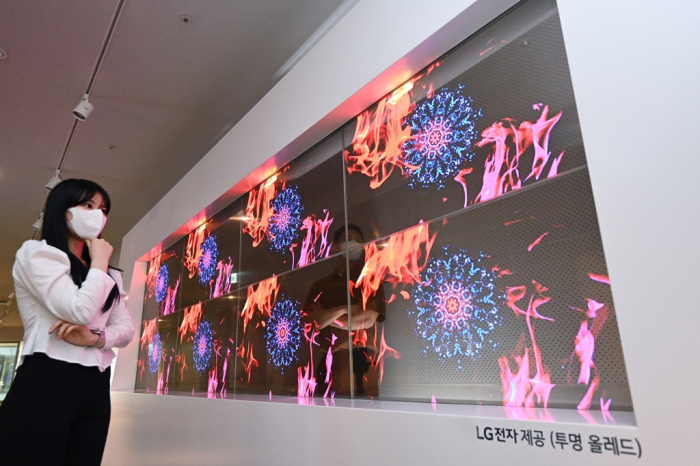
In the flat panel market, South Korea’s two display makers – LG Display Co. and Samsung Display Co. – have been bleeding for years after losing ground to Chinese rivals armed with state subsidies and dirt-cheap TVs.
LG and Samsung pulled out of the liquid crystal display (LCD) business and instead focused on advanced, high-end and more profitable organic light-emitting diode (OLED) products.
While small OLED products sold well on the back of rising demand for smartphones, demand for large screens, mostly for TVs, was relatively slow to pick up given the long TV replacement cycle, leaving Korean display makers in the red for years.
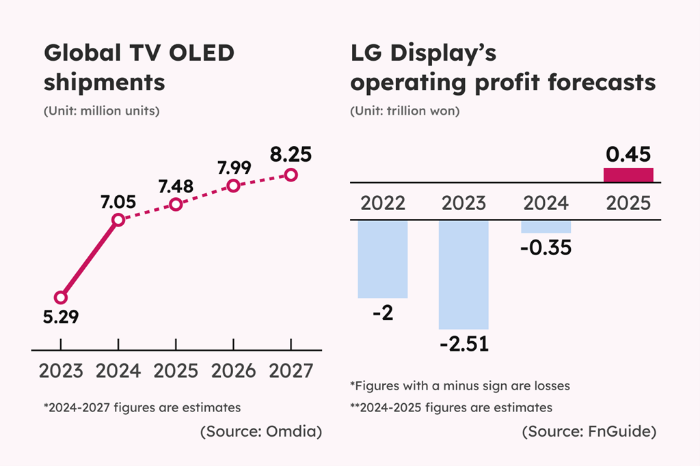
Things have changed, however.
Since early this year, demand for large OLED screens has been rising. And its pace is accelerating with special events such as the 2024 Summer Olympics in Paris prompting TV makers, including Samsung Electronics Co. and LG Electronics Inc., to increase their production volumes.
According to market research firm Omdia on Tuesday, OLED TV panel shipments are forecast to reach 7.05 million units this year, up 33% from 5.29 million in 2023.
Sales growth is expected to gain momentum to hit nearly 10 million units by 2030 as consumers are increasingly looking for larger and clearer screens.
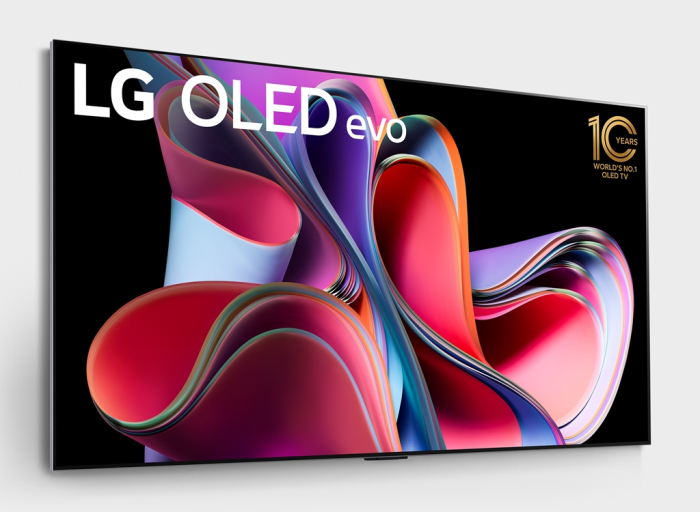
The proportion of OLED panels in the TV market for premium models with price tags of $1,500 and higher is forecast to account for 52.8% of all TV screens in 2025 – rising above the 50% mark for the first time.
Whereas, the proportion of LCD TVs will break below 50% this year, down from a high of 85.3% in 2020.
LG FORECAST TO SWING TO PROFIT
Rising demand for OLED TVs is a boon for LG Display, the world’s top OLED maker.
Analysts expect LG to post an operating loss of 350 billion won ($253 million) this year, sharply improving from a loss of 2.5 trillion won in 2023.
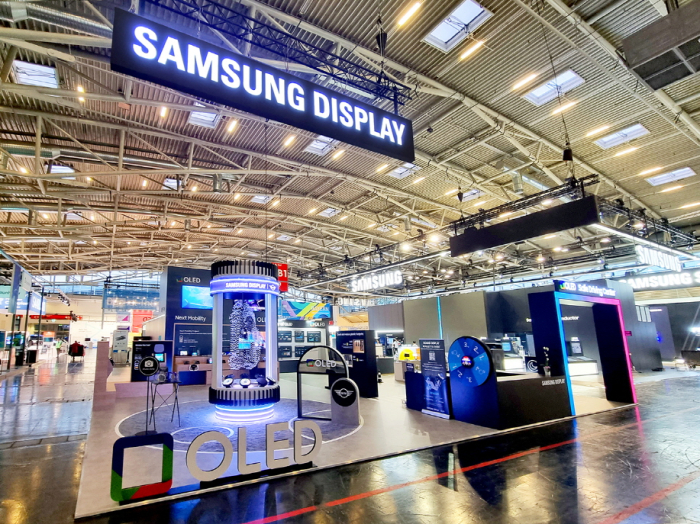
Next year, the company is expected to swing to a profit of 450 billion won – the first time it will have turned black since 2021.
The market expects LG Display to ship 5.75 million OLED panels for TVs this year, up 35% from 4.23 million in 2023.
OLED TV replacement demand is rising in advanced countries, including the US, and is especially strong in Europe, partly due to the Paris Olympics which opens on Wednesday.
Samsung Electronics, the world’s top TV maker, has already launched 42-inch and 48-inch OLED TVs in the US and Canada. Last month, the company also unveiled the latest 48-inch models in major European countries, including Germany and France.
LG Electronics, the top OLED TV segment player, plans to unveil later this month the 2024 wireless OLED TV that removes all connection cables except the power cable, in select markets, including Europe.
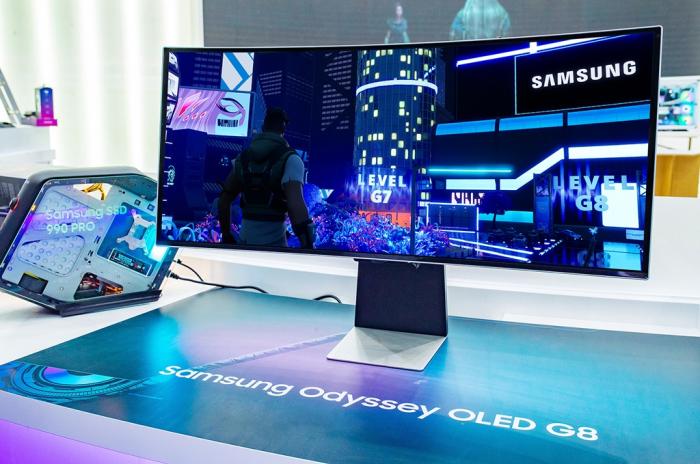
OLED: PANEL OF CHOICE
OLED screens are rapidly replacing traditional LCD panels in large TVs and gaming monitors as OLED’s response time is much faster than LCD's while providing clear images with a three-dimensional effect.
Back in the mid-2000s, Korea led the global LCD TV panel market with LG Display and its crosstown rival Samsung Display accounting for nearly half of global shipments of such displays.
And then, Chinese players, led by BOE and CSOT, emerged as formidable competitors, armed with generous state subsidies, pushing LG and Samsung out of business.

OLEDs have become the mainstream in the TV and smartphone segments.
OLED is highlighted by self-illuminating pixels that do not require a separate light source, allowing manufacturers to produce lightweight, thin and flexible display products, appealing to high-end consumers.
Write to Eui-Myung Park at uimyung@hankyung.com
In-Soo Nam edited this article.
-
 ElectronicsSamsung cements TV market lead in Q1; LG tops OLED segment
ElectronicsSamsung cements TV market lead in Q1; LG tops OLED segmentMay 21, 2024 (Gmt+09:00)
2 Min read -
 ElectronicsSamsung brings AI tech to its latest TV lineup to rival LG’s OLED TVs
ElectronicsSamsung brings AI tech to its latest TV lineup to rival LG’s OLED TVsMar 13, 2024 (Gmt+09:00)
2 Min read -
 ElectronicsSamsung to launch 83-inch OLED TVs equipped with LG panels in Europe
ElectronicsSamsung to launch 83-inch OLED TVs equipped with LG panels in EuropeSep 14, 2023 (Gmt+09:00)
2 Min read -
 Tech, Media & TelecomSamsung, LG, Sony vie for mixed-reality OLED display market
Tech, Media & TelecomSamsung, LG, Sony vie for mixed-reality OLED display marketJun 23, 2023 (Gmt+09:00)
3 Min read -
 ElectronicsDisplay makers LG, Samsung gear up for OLED gaming monitor boom
ElectronicsDisplay makers LG, Samsung gear up for OLED gaming monitor boomJun 12, 2023 (Gmt+09:00)
2 Min read


